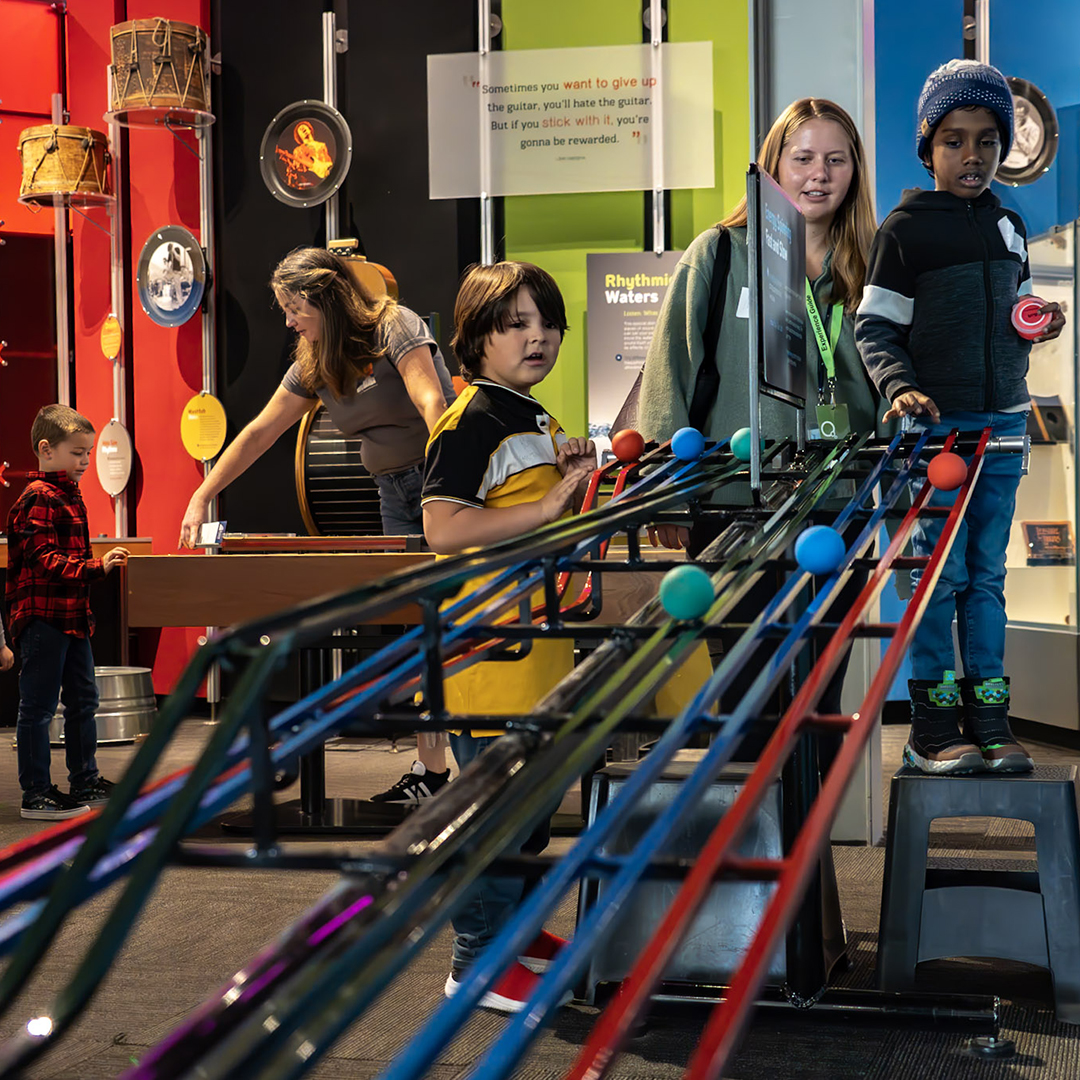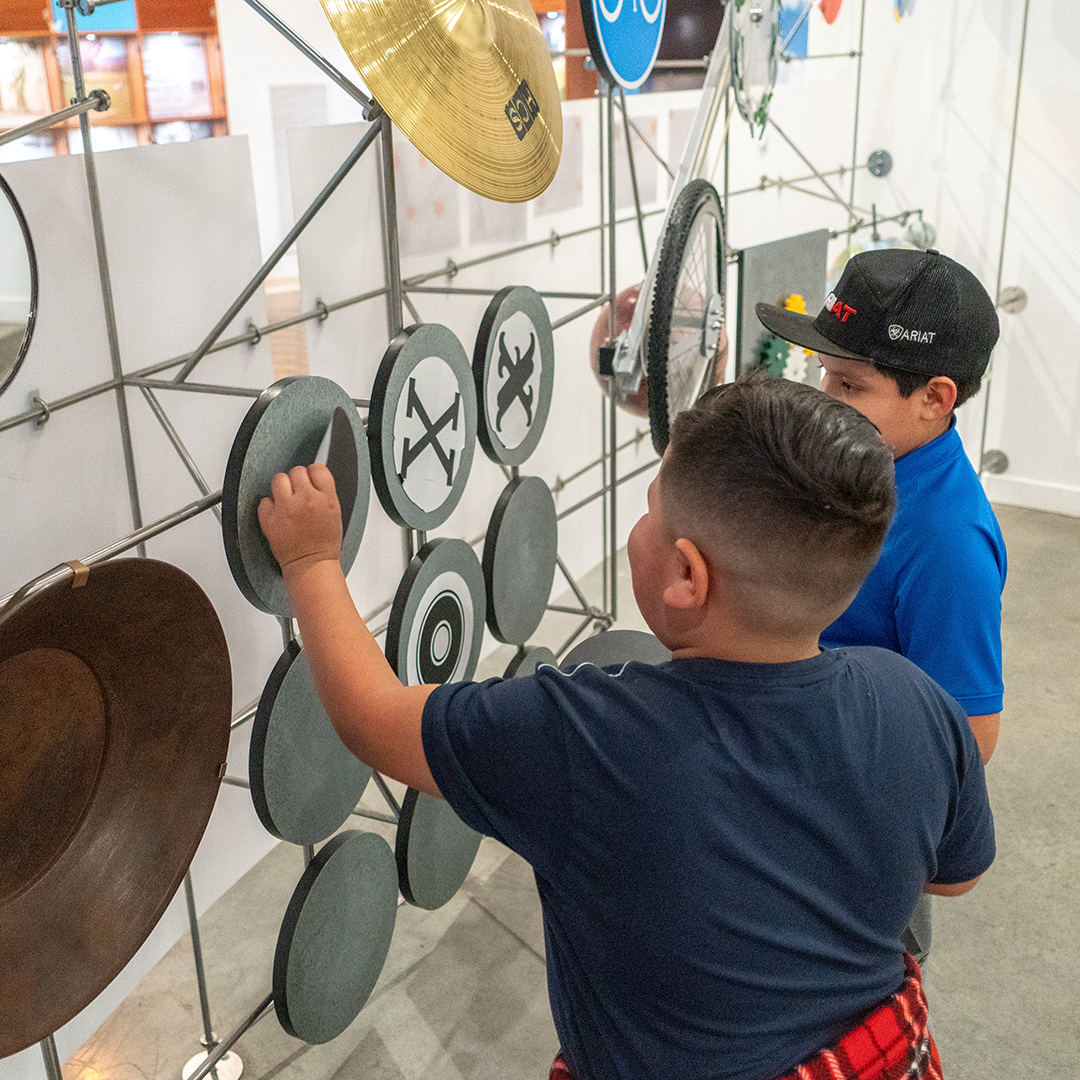We are incredibly excited to present two amazing special exhibitions this fall and winter as we bring you Skin: Living Armor, Evolving Identity (Oct 12, 2024 – January 26, 2025) and The Bias Inside Us (November 27th – December 31st). Both exhibits are designed to spark dialogue and reflection on human culture and identity through science and history. beginning with Skin which explores the physical, historical, and cultural elements of the human body’s largest organ.
From questions like “what’s a rhino’s horn made from?” (hint: it’s the same protein that makes up human hair and nails – keratin!) to an exploration of how geography and climate have impacted the evolution of skin pigmentation, this engaging exhibit will inspire you to reconsider everything from what’s in the dust in your home to the way you see the world. FCMoD hopes you’ll take home a deeper understanding of our shared humanity and recognize that we – as humans – are more alike than we are different. This installation is presented in both English and Spanish.
Skin: Living Armor, Evolving Identity was created by the California Academy of Sciences and modified for travel and distributed by the Science Museum of Minnesota.
On November 27th, The Bias Inside Us will take its place alongside Skin as we explore how the human mind’s chemistry can lead us to a place of inherent bias. This community engagement project from the Smithsonian Institution Traveling Exhibition Service (SITES) will raise awareness about the social science and psychology of implicit bias, the impact of this bias and what people can do about it. This exhibit is brought to you in partnership with the Smithsonian Institution Traveling Exhibition Services (SITES).
Both these exhibits are free for Members and included with the price of admission. If you enjoy this kind of programming, we encourage you to make a donation through our Give More campaign which helps create access for community members experiencing economic need.
https://46395.blackbaudhosting.com/46395/Give-More
We look forward to bringing these fascinating and thought-provoking exhibits to you!
Continue Reading










